The Hushan Dam will reduce the flow of fresh water into the Jhoushui River Estuary further degrading habitat that is critical to the survival of the unique population of Taiwan humpback dolphins. The Hushan Dam will supply water to further develop heavy pollution-generating industry on Taiwan's West Coast in a country where the per capita CO2 emissions are three times the world average. At the second International Workshop for the Taiwan Humpback Dolphins international experts specifically identified the diversion and extraction of freshwater from major river systems of western Taiwan and one of the five major threats to these dolphins survival and if action wasn't taken immediately these dolphins would follow the recently extinct Baiji (Yangtze River Dolphin) over the edge into extinction. The announcement of Eastern Taiwan Strait Sousa Technical Advisory Working Group is welcomed by all who have been working towards the protection of these unique dolphins.
PRESS RELEASE 8 January 2008
(Washington DC) - Some of the world’s top marine mammal scientists today formalized the Eastern Taiwan Strait Sousa Technical Advisory Working Group (Taiwan Sousa Working Group), to offer expert guidance in supporting the conservation of the beleaguered population of Indo-Pacific humpback dolphins (Sousa chinensis) in Taiwan.
The Taiwan Sousa Working Group was formed at the recommendation of a workshop held in Changhua City, Taiwan 4-7 September 2007, during which local and international researchers, conservationists, and stakeholders addressed the current state of the Eastern Taiwan Strait (ETS) humpback dolphin population. The workshop participants, in a report published by the National Museum of Marine Biology and Aquarium (Taiwan), recommended the creation of a technical advisory working group to provide –at the request of stakeholders, policymakers, agency officials, and other interested parties –guidance, expert scientific advice and scrutiny related to conservation issues for the isolated and highly endangered ETS humpback dolphins. An additional role of the Taiwan Sousa Working Group will be, in the context of environmental analyses and development proposals, to help identify appropriate directions and methods for research.
Five formidable major threats to Taiwan’s approximately 100 humpback dolphins have been identified by scientists, including reduced river flow into estuaries, habitat loss, entanglement in fishing gear, industrial, agricultural and municipal pollutant discharges and underwater noise.
The Taiwan Sousa Working Group comprises scientists from Japan, the United States, Canada, Taiwan, Hong Kong and the United Kingdom, whose fields of expertise include biology, taxonomy, genetics, population surveys and modeling, coastal ecosystems, behavior, bycatch, noise, and pollution. The group’s Chair, Dr. Peter S. Ross, is a marine mammal toxicologist at the Department of Fisheries and Oceans, Canada.
“The survival of Taiwan’s Indo-Pacific humpback dolphin is at stake” says Dr. Ross. “We hope that our newly-formed group can assist those responsible for protecting these extremely vulnerable dolphins.”
Members of the Taiwan Sousa Working Group: Jay Barlow (National Oceanic and Atmospheric Administration Southwest Fisheries Science Center, USA), Robert Brownell (National Oceanic and Atmospheric Administration Southwest Fisheries Science Center, USA), Allen Chen (Academia Sinica, Taiwan), Chin-Cheng Chou (National Taiwan University, Taiwan), Horng-yuh Guo (Council of Agriculture's Research Center, Taiwan), Samuel Hung (Hong Kong Dolphin Conservation Society, Hong Kong), Tom Jefferson (National Oceanic and Atmospheric Administration Southwest Fisheries Science Center, USA), Toshio Kasuya (Japan), Ching-yu Liou (Taiwan Endemic Research Institute, Taiwan), David Lusseau (University of Aberdeen, United Kingdom), Daniel Martineau (University of Montreal, Canada), Chris Parsons (George Mason University, USA), William Perrin (National Oceanic and Atmospheric Administration Southwest Fisheries Science Center, USA), Peter S. Ross (Department of Fisheries and Oceans, Canada), Barbara Taylor (National Oceanic and Atmospheric Administration Southwest Fisheries Science Center, USA), Bradley White (Trent University, Canada), Bernd Würsig (Texas A&M University, USA)
Wednesday, January 9, 2008
Taiwan’s Indo-Pacific humpback dolphins in peril, says newly-formed international scientific working group
Posted by
Wild at Heart Legal Defense Association
at
10:19 AM
![]()
Subscribe to:
Post Comments (Atom)
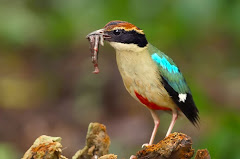



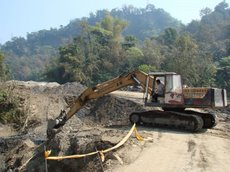
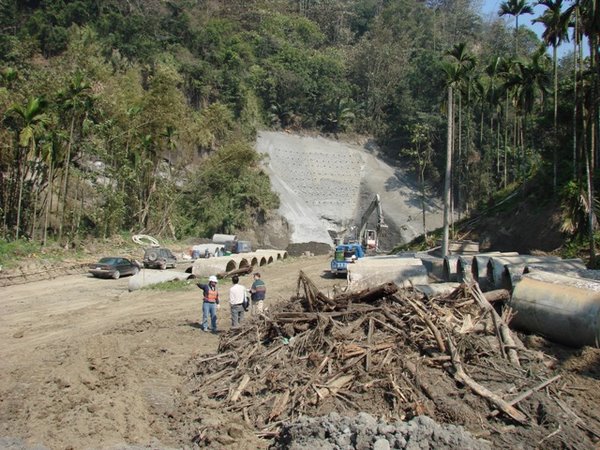
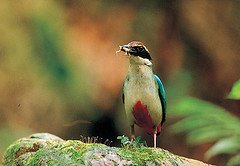
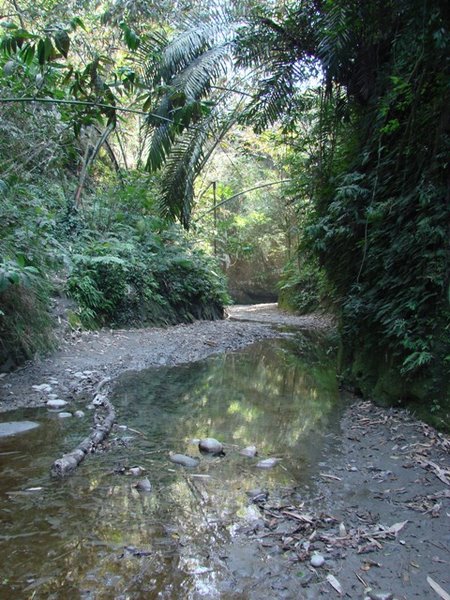
No comments:
Post a Comment